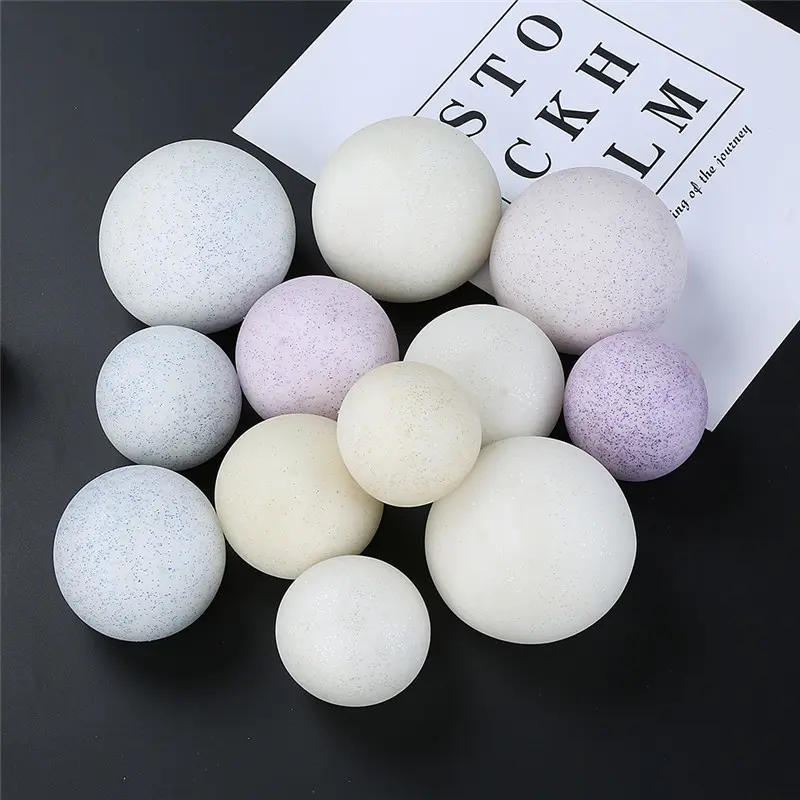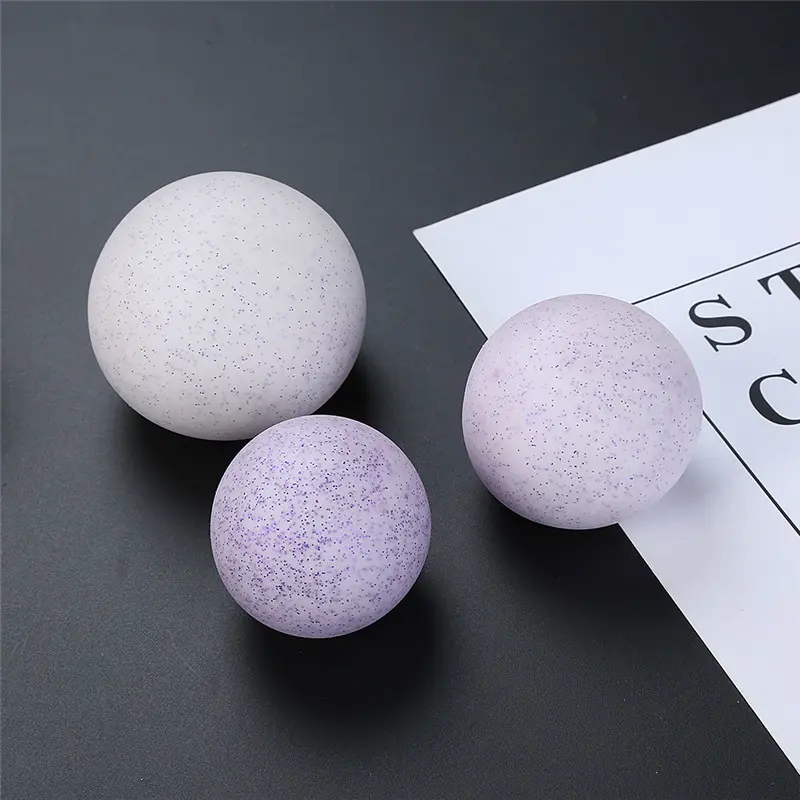Application of TPR in the toy industry and full analysis of oil resistance test
In today’s global market, the toy industry is booming, especially in the international market, where the demand for high-quality and environmentally friendly toy products is growing. With the increasing attention of consumers to the safety of toys and the increasingly stringent environmental standards of toy products in various countries, TPR (thermoplastic rubber) materials are increasingly widely used in toy manufacturing.
Overview of TPR materials
TPR is a thermoplastic elastomer that combines the elasticity of rubber with the processing properties of thermoplastics. It is based on SBS (styrene-butadiene-styrene) or SEBS (styrene-ethylene-butylene-styrene) and has good wear resistance, anti-slip and shock absorption properties. The hardness of TPR materials can be adjusted between 5 and 100 degrees Shore hardness, and the colors are diverse, including transparent, translucent, natural color and high transparency. In addition, TPR materials also have excellent oil spraying and silk screen processing performance, and can be well bonded with a variety of glues and inks.
Application of TPR in the toy industry
1. Environmental performance
The environmental characteristics of TPR materials make it the first choice of toy manufacturers. It does not contain harmful substances such as phthalates, polycyclic aromatic hydrocarbons (PAHs), nonylphenol (NP), etc., and complies with many international environmental standards such as ROHS, REACH, EN71-3, ASTM-F963, etc. These standards ensure the safety of TPR toys for children, making them suitable for toy products that come into close contact with children.
2. Processing performance
TPR materials have good processing performance and can be processed by various processes such as injection molding, extrusion, and blow molding. Its injection molding temperature is generally between 170℃ and 190℃, and it is not easy to have molding appearance problems such as shrinkage and burrs. In addition, TPR materials have moderate fluidity, convenient molding processing, and can realize the design of complex shapes.
3. Color matching performance
TPR materials have excellent color matching performance and can achieve bright and uniform color matching effects. This is very important for toy manufacturers because toys usually require a variety of bright colors to attract consumers. TPR materials can meet the color and hardness requirements of different customers.
4. Durability
TPR material has good wear resistance and impact resistance, and is suitable for making toy parts that require frequent friction and collision. Its shock absorption and elasticity also make it an ideal choice for making baby toys, doll toys, toy wheels and other products.
Importance of TPR oil resistance test
In the toy industry, although TPR materials are widely used, their oil resistance is equally important. The oil resistance test mainly measures the changes in multiple performance indicators of TPR materials in different standard reference oils, such as volume, hardness, tensile strength, etc. The test method usually includes the following steps:
Test the volume, hardness and tensile strength of the sample before oil immersion.
Immerse the sample in standard reference oil, and the immersion time is usually 72 hours.
After the oil immersion test, wipe off the residual liquid and immediately test the various performance indicators of the sample, and record and calculate the percentage change rate of the performance of volume, hardness and tensile strength after the oil resistance test.
The purpose of the oil resistance test is to guide the material to ensure normal use in the field of contact with fluid oils. Although TPR materials are not usually used directly in oil contact environments, they may be exposed to various oily substances such as lubricants, cleaning oils, etc. during the toy manufacturing process. Therefore, oil resistance testing can ensure that TPR toys can still maintain good performance in these environments.
Limitations and solutions of TPR materials
Despite the many advantages of TPR materials, they tend to soften and become more viscous in high temperature environments. In addition, ordinary TPR materials are not oil-resistant. To overcome these limitations, manufacturers can improve them in the following ways:
Use modified materials based on SEBS to improve high temperature resistance and aging resistance.
Add specific additives to TPR formulas or use special processes to enhance oil resistance.
Conclusion
TPR materials have been widely used in the toy industry due to their environmental performance, good processing performance, excellent color matching performance and wear resistance. Although its oil resistance needs to be ensured through specific tests, this problem can be effectively solved through methods such as material modification. With the increasing awareness of environmental protection and strict requirements for toy safety, TPR materials will undoubtedly continue to play an important role in the toy industry.
Post time: Jul-21-2025

